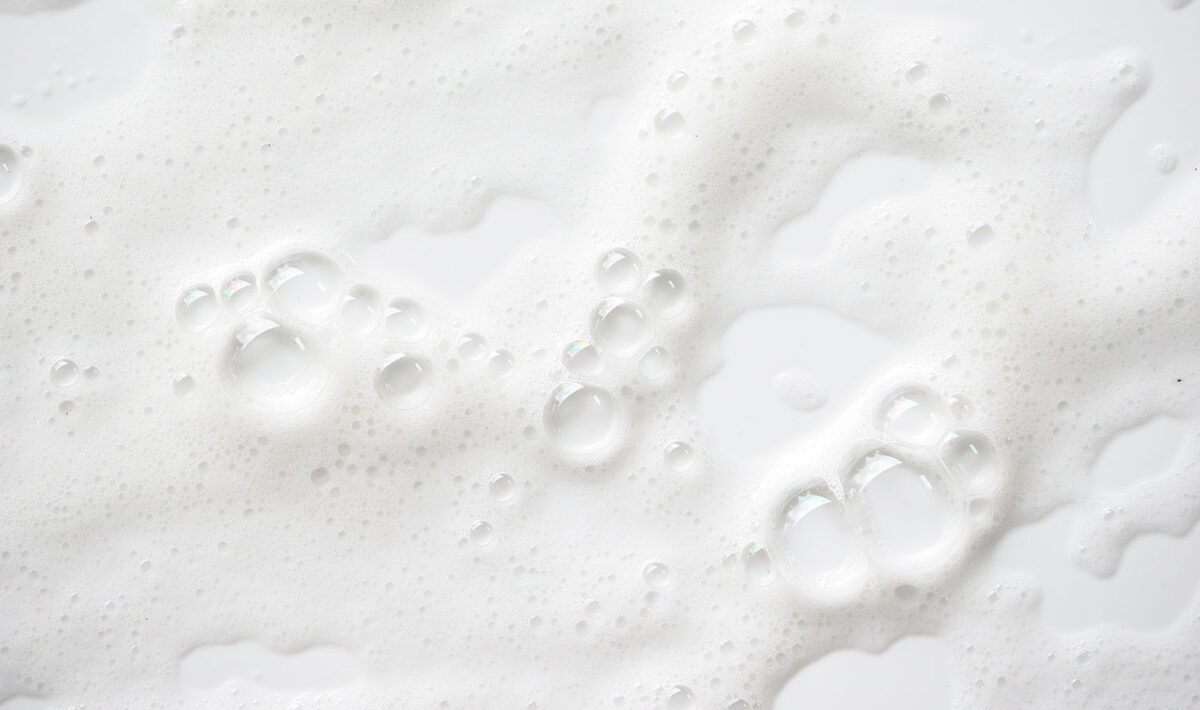Navigating the Shift: Moving Away from Fluorosurfactants

In an era where environmental sustainability and health safety are paramount, the scrutiny of fluorosurfactants is intensifying.
These substances, integral to industries ranging from firefighting foams to textile manufacturing, are now under the microscope for their persistence in the environment and potential health risks. The journey toward alternatives is not just a response to these challenges but a forward-looking approach to embracing safer, sustainable practices.
Fluorosurfactants play a crucial role in attaining surface tensions lower than 20 mN/m, primarily due to their superior ability to minimize interfacial tension. Every fluorosurfactant is founded on a hydrophobic component that includes a perfluorinated alkyl chain (PFAS).
The Catalysts for Change
Environmental and health concerns are the primary catalysts driving the shift away from fluorosurfactants. Their bioaccumulative nature and resistance to degradation have raised alarms, linking them to ecological damage and health issues such as hormone disruption and increased cancer risk. Regulatory bodies worldwide are tightening the leash, with restrictions and guidelines pushing for a reduction in fluorosurfactant use. Moreover, a growing consumer demand for eco-friendly products is influencing industries to reconsider their chemical choices, aligning product development with environmental stewardship.
Exploring Alternatives
The quest for alternatives has led to the exploration of silicone-based surfactants, bio-based surfactants, and advanced non-fluorinated chemicals. Silicone-based surfactants offer a viable option with their low toxicity and minimal environmental impact, though they sometimes fall short in performance compared to their fluorinated counterparts. Bio-based surfactants, derived from renewable resources, present an eco-friendly solution, promoting sustainability from production to disposal. Meanwhile, some companies have decided to move to innovative non-fluorinated chemicals and try to match the efficiency of fluorosurfactants, aiming to provide a seamless transition for industries reliant on these substances.
Other companies have been exploring the potential of C2 or C3 perfluorinated chains, that have less impact on the environment and are not bioaccumulative as their C8 counterparts. Nevertheless, recent studies have discovered substances like TFA (C2) in water systems, prompting companies to shift away from fluorinated solutions to evade scrutiny from government and regulatory agencies.
Overcoming the Hurdles
Transitioning away from fluorosurfactants is fraught with challenges, from performance gaps to cost implications. Many alternatives currently available or under development do not yet offer the same level of efficacy, especially in specialized applications where the unique properties of fluorosurfactants are critical. Economic considerations also play a crucial role, as the cost of alternative surfactants can be higher, impacting product pricing and market competitiveness. Furthermore, reformulating products to accommodate new surfactants requires significant R&D investment and technical innovation.
Future Directions
Despite these challenges, there are success stories of industries and companies that have navigated the transition effectively. This is the case of Syensquo, which has put its efforts on its R&D scientists to achieve the production of nearly 100% of its fluoropolymers without relying on fluorosurfactants at its Spinetta Marengo facility by 2026.
Through strategic R&D, collaboration with material scientists, and engagement with regulatory agencies, some sectors have found viable paths to reduce or eliminate their dependence on fluorosurfactants, setting benchmarks for others to follow.
The future landscape for surfactants in electronic devices and equipment looks promising. But still ongoing research needs to be done for high-molecular-weight fluoropolymers like PTFE.
The shift away from fluorosurfactants represents a critical move towards safer and more sustainable chemical practices in manufacturing and product development.
While the road ahead is paved with challenges, the collective effort of industry stakeholders, researchers, and regulatory bodies promises a future where the benefits of surfactants can be harnessed without compromising environmental integrity or human health.
